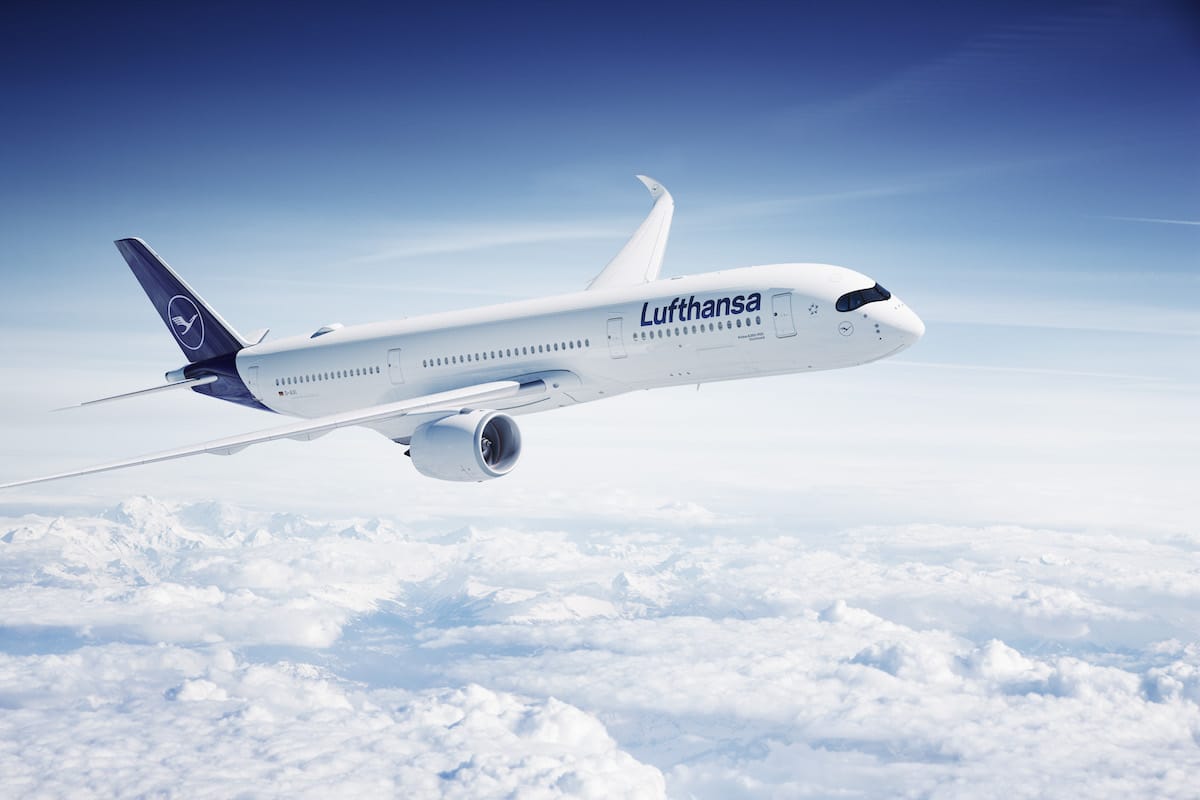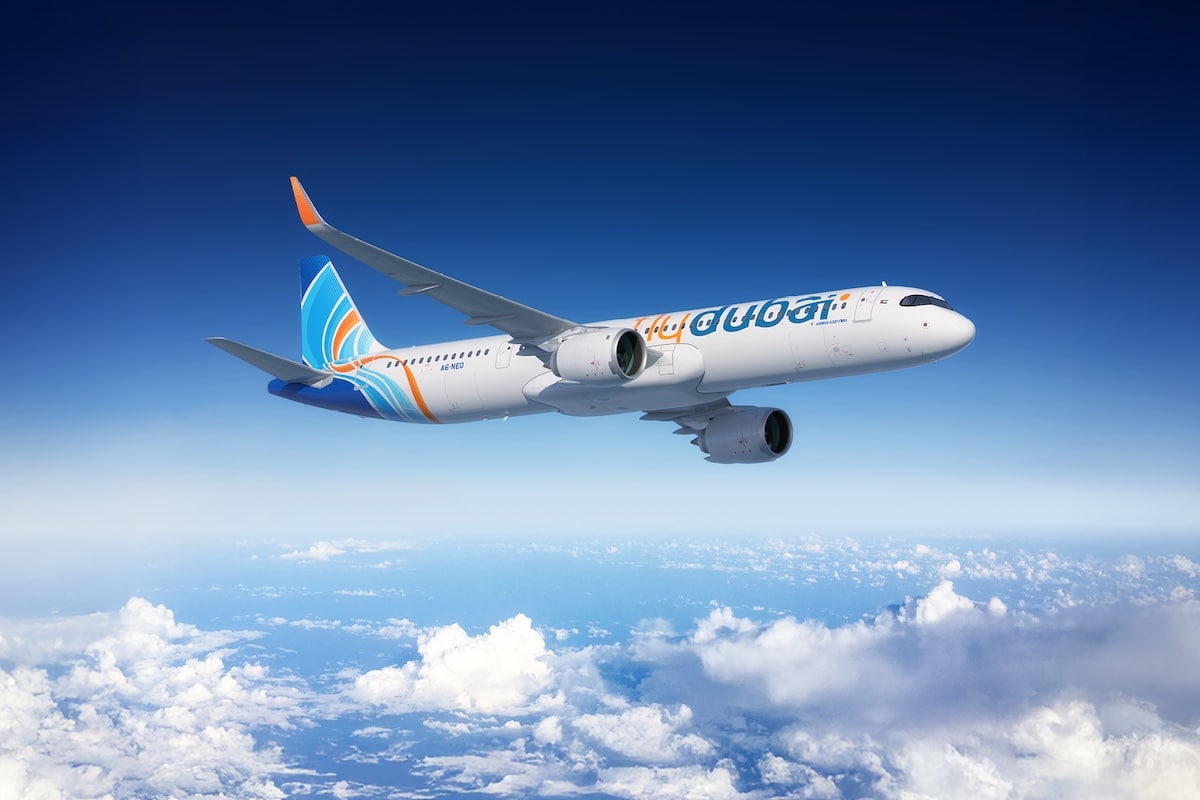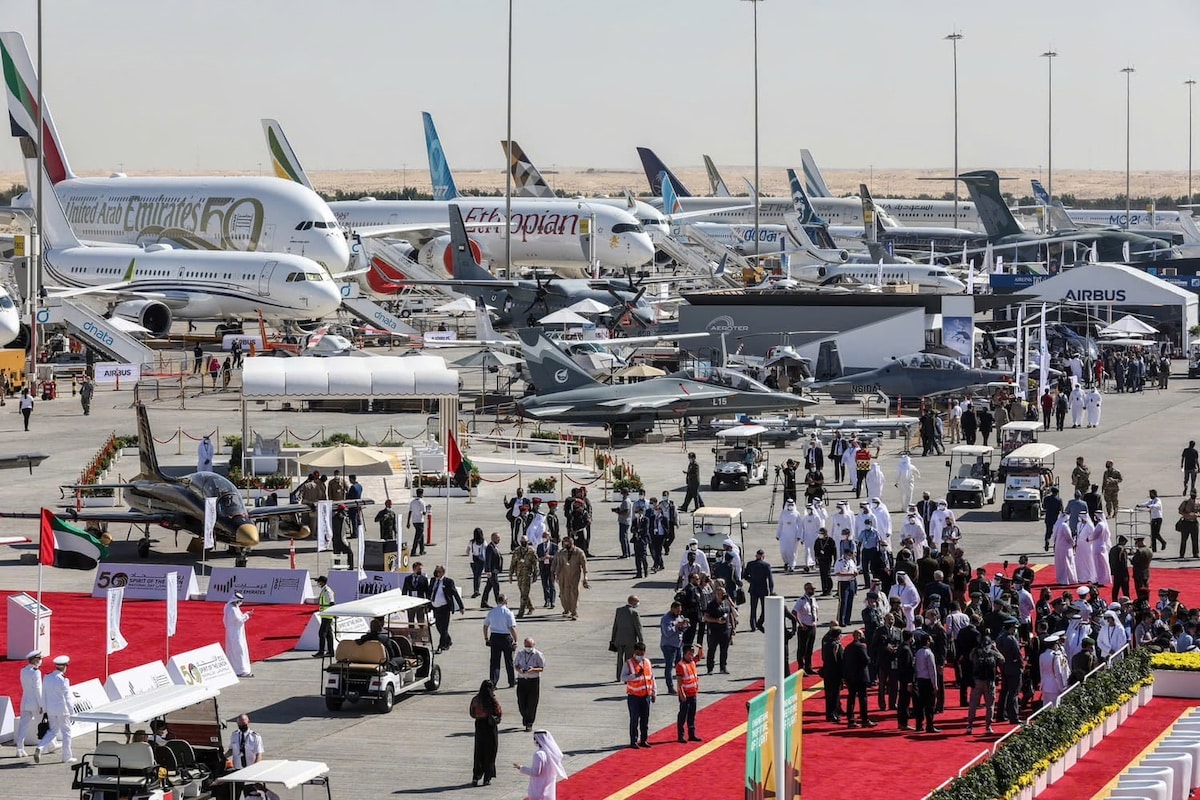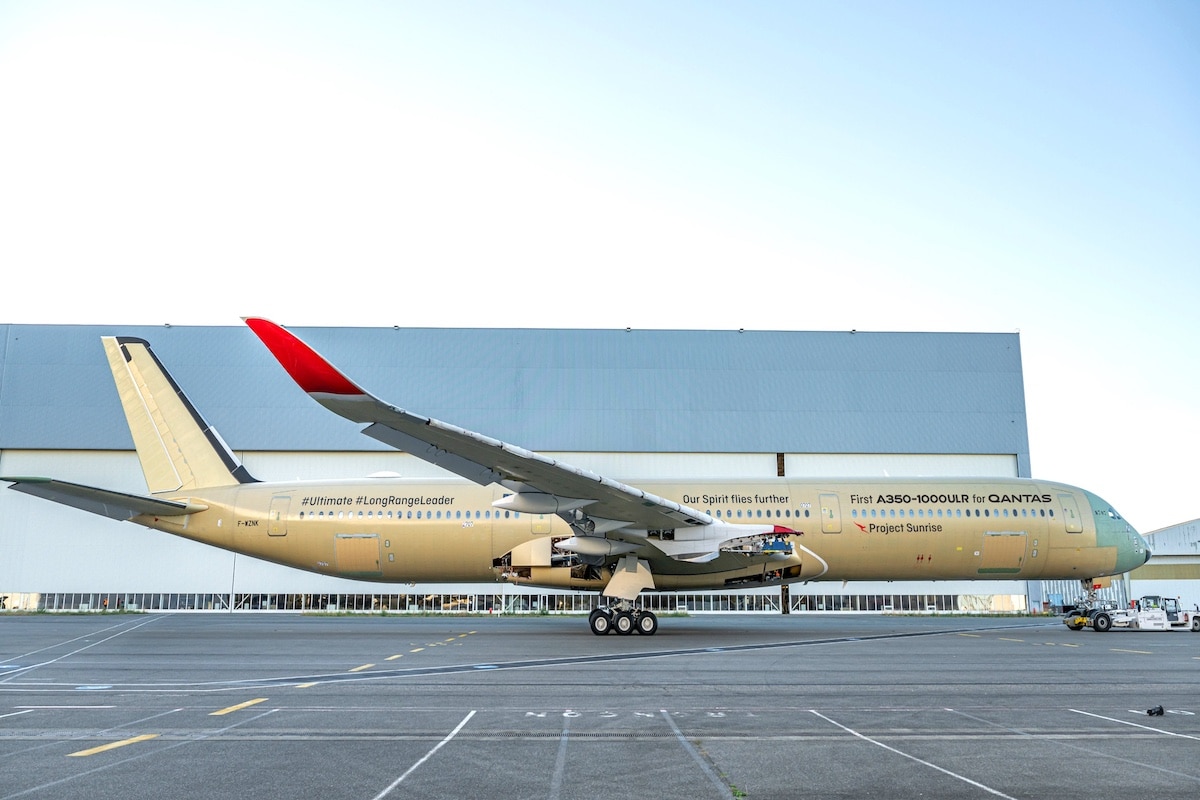Airbus: Soon airplanes with a plastic fuselage!

Airbus has presented the demonstrator of an aircraft fuselage made from plastic that is faster to produce, lighter, and less polluting.
The weight of the fuselage of an Airbus A320, for example, as with other aircraft, varies based on specific configurations and materials used. However, generally speaking, the empty weight of an Airbus A320 (which includes the structure, systems, engines, but without fuel or payload) is approximately 42 to 44 tons. The fuselage itself accounts for a significant proportion of this total weight, typically around 20 to 25% of the empty weight. This means that the A320 fuselage weighs about 8 to 11 tons, depending on the materials and exact configuration. A mass that was thought to be incompressible, but Airbus has not abandoned the idea of finding mass to eliminate in this area thanks to the invention of new materials.
A revolutionary fuselage?
Suspended between discreet metal jigs, it could easily go unnoticed in an aerospace assembly line. Yet, in an anonymous hangar in northern Germany, a matte black fuselage section, referred to as “barrel” in the jargon, may well represent the future of sustainable aviation.
This prototype is part of the Clean Sky 2 program, an ambitious public-private partnership supported by the European Union. Its main goal: to reduce aircraft CO2 emissions, nitrogen oxide emissions, and noise by 30%, in line with the commitments of the European Green Deal, which aims for carbon neutrality by 2050.
Launched in 2014 as part of the Clean Sky 2 commercial aviation platform, the black “barrel” is actually the Multifunctional Fuselage Demonstrator (MFFD). Measuring 8 meters long and 4 meters wide, this fuselage is primarily made of thermoplastic composite materials. This project explores the feasibility of these polymers as structural materials, thereby accelerating aircraft production and enhancing the competitiveness of the European aerospace industry.

Towards lighter and faster-to-produce fuselages
An aircraft fuselage is not just a means to transport passengers and cargo. It also houses essential electrical, mechanical, pneumatic, and hydraulic systems. The installation of these systems, once the fuselage is complete, adds weight and complexity to production. In contrast, a lighter and simpler-to-produce fuselage can reduce these constraints.
Thermoplastic composites offer a significant advantage here: they require fewer heavy fasteners than traditional metal fuselages. Also known as carbon fiber reinforced thermoplastic polymers (CFRTP), these materials can be molded at high temperatures and solidify upon cooling. Their smart use could lead to over a 10% reduction in the structural weight of an aircraft. Referring back to the beginning of the article, this could mean a reduction of between 4 and 8 tons for an Airbus the size of an A220!
Furthermore, these composites are easier to recycle than traditional metal or carbon fiber components, offering an immediate advantage in terms of sustainability.
Pre-equipped modules for optimized production
The MFFD consists of two semi-cylindrical modules, forming the fuselage. The lower module is pre-equipped with systems and wiring, while the upper module contains elements of the cabin. Thermoplastics also allow for innovative assembly methods, tested directly on the MFFD. For example, the two shells are welded by ultrasound or laser, avoiding the use of rivets and creating a cleaner environment for workers. The floor of the lower module is then attached through automated welding.
By 2024, at the conclusion of the project, the MFFD had exceeded its weight reduction goals while maintaining a cost equivalent to that of a metal fuselage. More than 40 technologies have been successfully tested, ranging from micromechanics to the study of composite behaviors, along with innovative tools and jigs.
The revolutionary methods of the MFFD could enable the production of composite fuselages at a rate of 100 units per month, a key objective for future single-aisle aircraft. In addition to the economic benefits, this innovative fuselage would help reduce emissions throughout the lifecycle of aircraft, in line with the objectives of Clean Sky 2.
A collective European success
Since its creation, the demonstrator has been housed at the ZAL Center for Applied Aeronautical Research in Hamburg, after being assembled at the Fraunhofer Institute near Stade. Airbus, which has facilities in both cities, is among the 13 key partners of the consortium, alongside SAAB, GKN Fokker, the German research center DLR, Delft University of Technology, and a network of subcontractors.
“The MFFD is an excellent example of what can be accomplished when academia, research centers, and industry come together around a common goal,” says York Roth, head of the commercial aircraft platform at Airbus. “No single actor could have delivered such a complex demonstrator at scale.”
The MFFD represents an important step for the future of European aviation, combining innovation, sustainability, and competitiveness.
ALSO READ: Aviation: Airbus and Toshiba are working on a hydrogen engine
This page is translated from the original post "Airbus : bientôt des avions avec un fuselage en plastique !" in French.
We also suggestthese articles:
Also read






